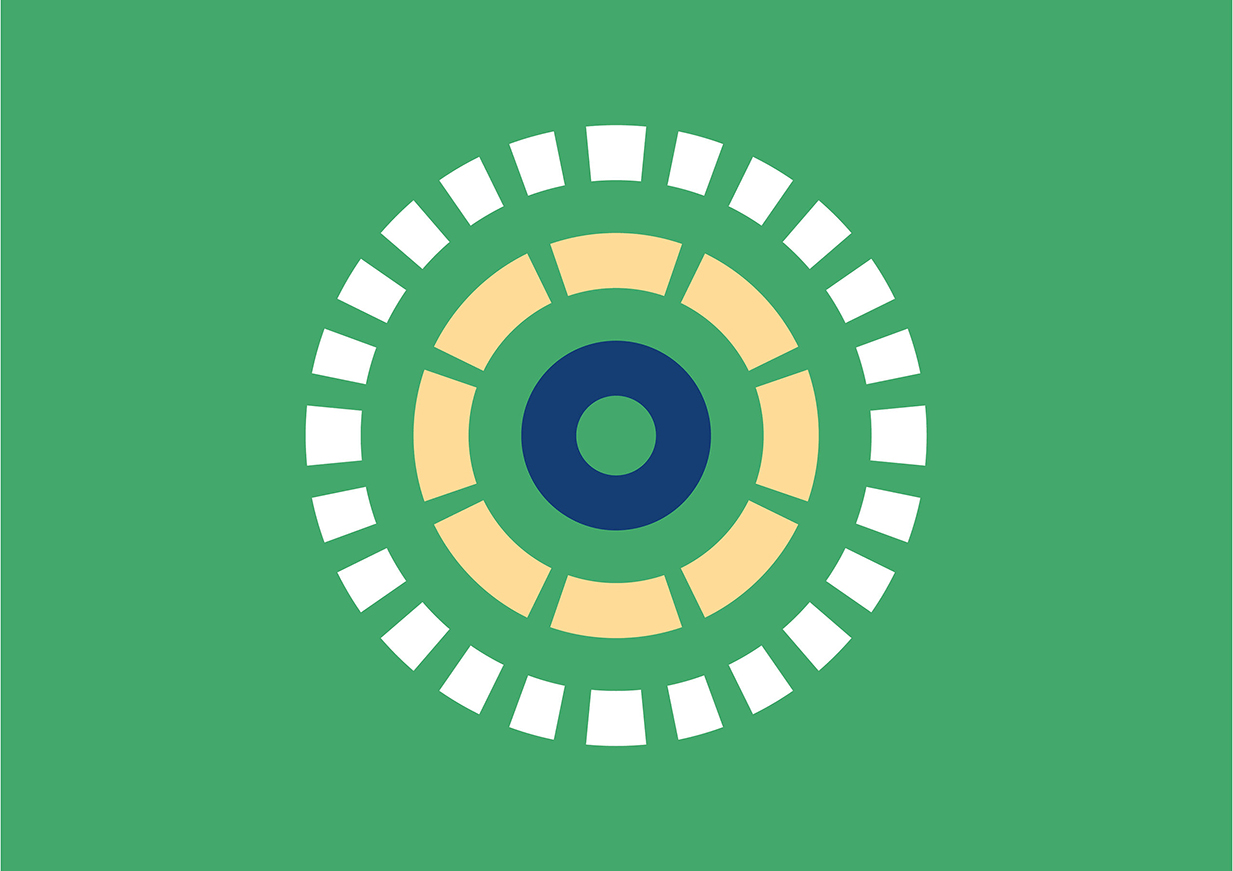Soticlestat is in clinical development as a secondary treatment used together with a primary treatment to enhance its effectiveness for patients with Lennox-Gastaut syndrome (LGS). LGS is a rare and severe form of childhood epilepsy characterized by tonic seizures (sudden stiffening of the body, often causing falls and injuries), atypical absence seizures (brief episodes of appearing vacant or blank), atonic seizures (sudden loss of muscle tone, leading to falls), focal seizures (affecting one side of the brain, causing movement changes, or altered responsiveness), and generalized tonic-clonic seizures (unconsciousness and jerking movements). Seizures occur frequently, even multiple times a day. LGS affects around 1 or 2 in every 100 children with epilepsy. It typically starts between ages 3 and 5 but can begin as early as 18 months or as late as age 10. Various factors contribute to LGS, including genetic conditions, brain structural abnormalities during pregnancy, birth-related issues (e.g., lack of oxygen during birth), infections, brain damage from severe head injuries, metabolic disorders, etc. In some cases, no specific cause is identified.
Soticlestat as an adjunctive therapy for treatment of Lennox-Gastaut syndrome

Soticlestat is in clinical development as a secondary treatment used together with a primary treatment to enhance its effectiveness for patients with Lennox-Gastaut syndrome (LGS). LGS is a rare and severe form of childhood epilepsy characterized by tonic seizures (sudden stiffening of the body, often causing falls and injuries), atypical absence seizures (brief episodes of appearing vacant or blank), atonic seizures (sudden loss of muscle tone, leading to falls), focal seizures (affecting one side of the brain, causing movement changes, or altered responsiveness), and generalized tonic-clonic seizures (unconsciousness and jerking movements).